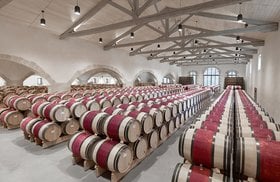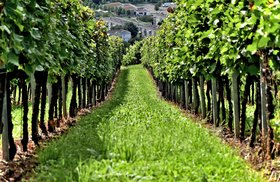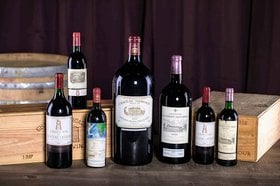Bordeaux vs Burgundy: 6 Key Differences (Terroir, Wine Styles & more)
Bordeaux vs Burgundy - this is probably the oldest and most heated debate in the French wine world!
In general, the Bordeaux wine culture radiates an elegant old-world charm, and the Burgundy wine scene resonates with bohemian vibes.
But there’s so much more to these two regions:
- Bordeaux wine comes from the eastern part of Bordeaux. Burgundy wine is from the southwest regions of Burgundy.
- Bordeaux grapes thrive in warm temperatures, whereas Burgundy grapes do well in cooler climates.
- Bordeaux wine has layered dark fruit and dry notes. Burgundy wine has earth, spice, and ripe red fruit flavors.
- The finest Bordeaux wine is classified as a Premier Cru Classe, while the finest Burgundy wine is a Premier Grand Cru Classe.
We’ll delve deeper into all these aspects and more. Let’s also explore some of the best Bordeaux and Burgundy wines.
Further reading
- Check out these renowned Bordeaux wine brands.
- Explore more about the Burgundy Wine Region and the best bottles to buy.
Bordeaux vs Burgundy: What Are The 6 Main Differences?
There are 6 main differences between these two iconic regions:
1. Where are Bordeaux and Burgundy Located?
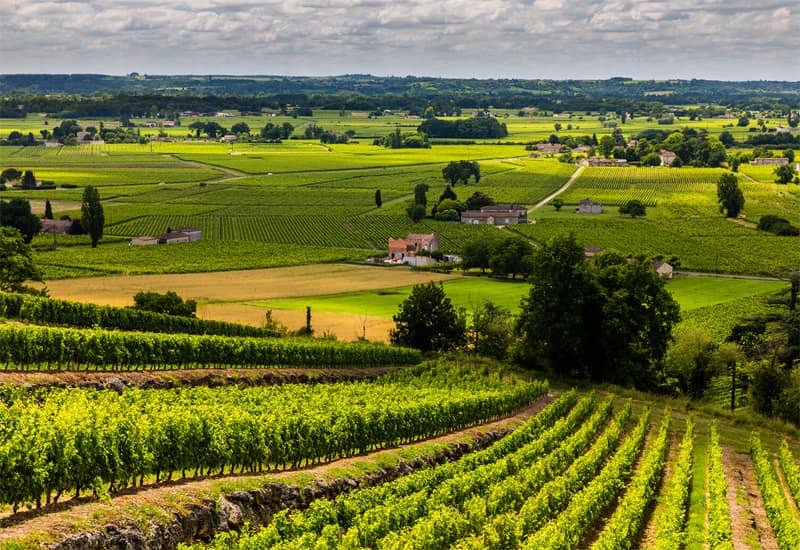
- Bordeaux is situated in southwest France on the Garonne River. The Bordeaux wine region is massive, with 300,000 hectares of vineyard lands.
- Burgundy is located in eastern France, north of the Rhone Valley. Burgundy’s wine-growing region has 75,000 hectares of vineyard lands.
2. What’s the Terroir like in Bordeaux and Burgundy?
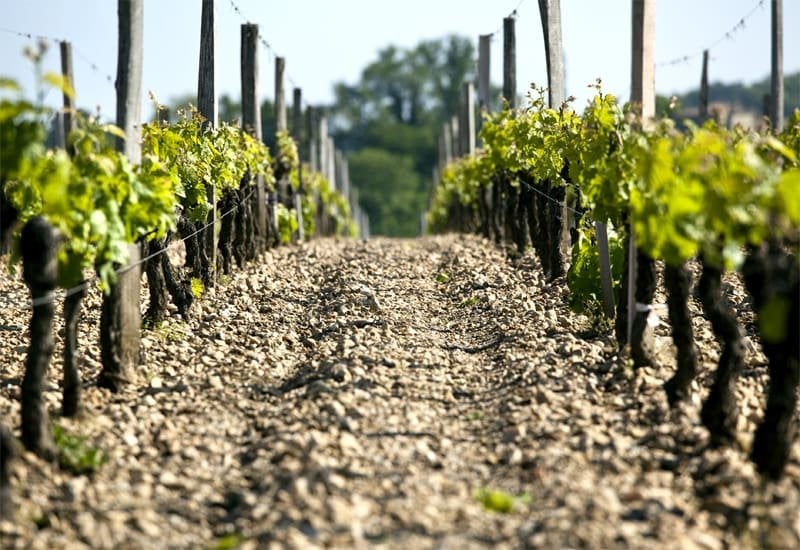
The terroir of the two regions varies in these ways:
- Climate: Bordeaux has mild winters, warm summers, and heavy rain during the spring. Since the grapes thrive in a warm climate, the French wine from this region has a full body, lower acidity, and ripe fruit flavors.
Burgundy has warm summers, cold winters, hail, and plenty of rain. Its grapes produce French wine with a lighter body, higher acidity, and lower alcohol content.
- Soil: Bordeaux has limestone, sand, and well-draining gravelly soils.
The Burgundy soil is composed of limestone with higher contents of clay.
3. What are the Main Grape Varieties Used in Bordeaux and Burgundy?

- Red Bordeaux: The Bordeaux region is known for its red wine, a blend of five main grape varieties - Cabernet Sauvignon, Merlot, Cabernet Franc, Malbec, and Petit Verdot.
The red Bordeaux wine from the Left Bank (Medoc and Pessac Leognan appellations), is usually Cabernet Sauvignon dominant.
The Right Bank wine (Saint Emilion and Pomerol appellations) is a blend with higher percentages of the Merlot grape varietal.
- White Bordeaux: The main white grape varietals are Semillon, Sauvignon Blanc, and Muscadelle used in the making of dry white and sweet white wines.
- Red Burgundy: The signature red Burgundy is a great wine made exclusively with the Pinot Noir grape varietal.
The Beaujolais region (a part of Burgundy) produces red wine with the Gamay grape variety.
- White Burgundy: This French wine is made from the Chardonnay grape variety.
4. Flavor Profiles of Bordeaux and Burgundy Wines
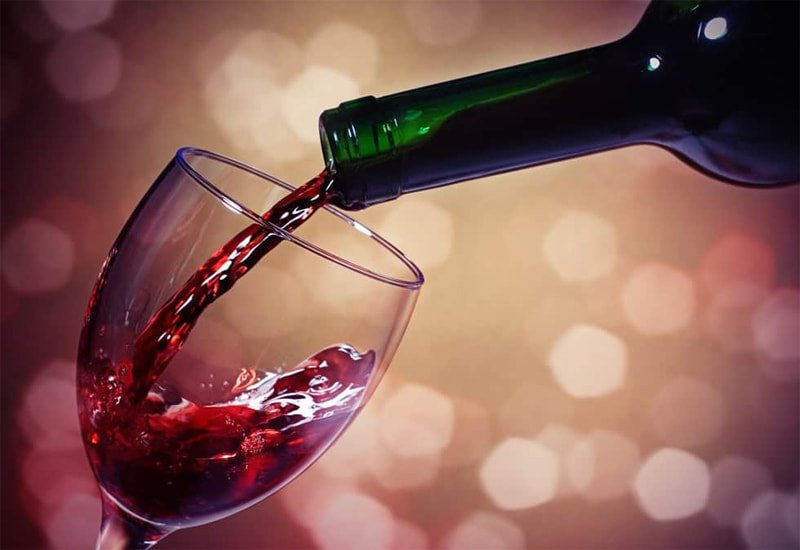
- Bordeaux wine: Red Bordeaux wine has firm tannins, licorice, and coffee notes. The Bordeaux blend also has an exquisite balance of dark fruit with dry notes of spice.
Merlot dominant wine is richer and smoother than Cabernet Sauvignon dominant wine.
White Bordeaux wine has strong notes of citrus, vanilla and honey. It’s refreshing and has good complexity.
- Burgundy wine: Pinot Noir wine has an earthy aroma with red cherry, currant, and spice flavors, light tannins, and good minerality.
Chardonnay white wine exudes notes of lemon, apple, and crisp acidity.
5. What are the Bordeaux and Burgundy wine Classifications?
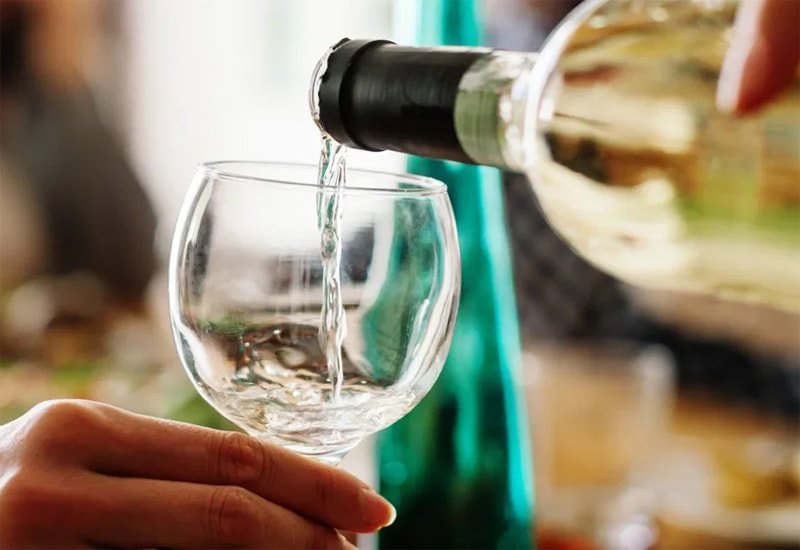
There are different Cru classifications in each region:
Bordeaux:
The Bordeaux region has six different classification systems:
- The 1885 Classification of Medoc and Graves (this is the most important one. The Highest classification is Premier cru classé, whereas the finest Burgundy wine is a Premier grand cru classé.)
- The 1855 Classification of Sauternes and Barsac
- The 1955 Saint Emilion Classification
- The 1959 Graves Classification
- The Crus Bourgeois du Médoc Classification
- The Crus Artisans Classification
Burgundy:
Burgundy’s classification system has four Cru levels:
- Regional appellation: Bourgogne
- Village appellation: Bourgogne Village (Chablis, for instance)
- Single vineyard commune: Premier Cru (e.g. Meursault 1er Cru "Les Perrières)
- Single vineyard commune: Grand Cru (the highest level. E.g. Montrachet, Corton, and more)
6. How much wine is produced in Bordeaux vs Burgundy?
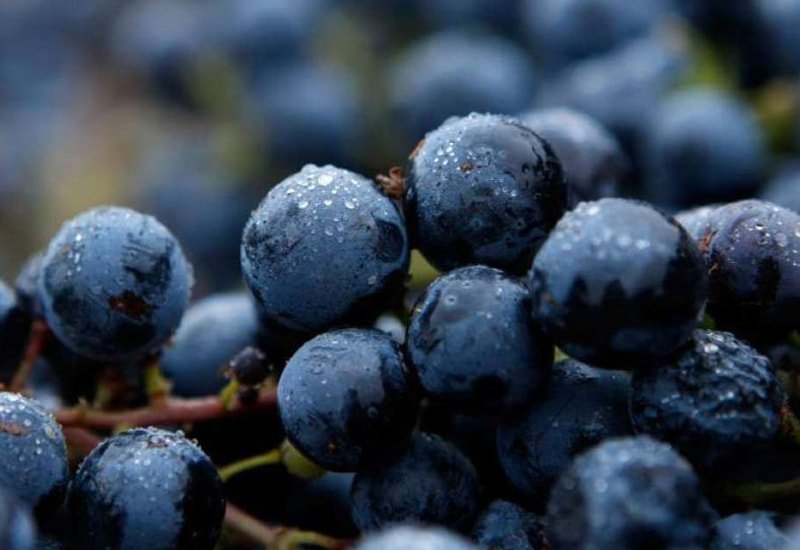
- On average, Bordeaux’s wine production is about 900 million bottles per year.
- The Burgundy wine production is smaller - approximately 200 million bottles annually.
Now, if you want to sample the best of both worlds, try out these 10 bottles:
5 Great Wine Bottles From Bordeaux

- 2018 Chateau La Mission Haut-Brion Blanc, Pessac-Leognan, France ($797)
- 1900 Chateau Margaux, Margaux, France ($16,050)
- 1982 Chateau Lafite Rothschild, Pauillac, France ($4,140)
- 1909 Chateau Latour, Pauillac, France ($14,447)
- 1990 Petrus, Pomerol, France ($5,381)
5 Great Wine Bottles From Burgundy

- 2015 Domaine Leroy Musigny Grand Cru, Cote de Nuits, France ($126,136)
- 1999 Domaine de la Romanee-Conti Romanee-Conti Grand Cru, Cote de Nuits, France ($29,999)
- 2015 Domaine Georges & Christophe Roumier Musigny Grand Cru, Cote de Nuits, France ($20,856)
- 2010 Domaine Leflaive Montrachet Grand Cru, Cote de Beaune, France ($20,907)
- 2001 Domaine Leroy Chambertin Grand Cru, Cote de Nuits, France ($22,025)
If you're in the UK you can get a case of fine Burgundy wine at VinoSelect.
Time to Invest In France’s Illustrious Wine Regions!
Whether you’re a Bordeaux enthusiast or a Burgundy lover, there’s something for everyone here - from rare age-worthy collectibles to easy-drinking everyday wines!
Wondering how to invest in Bordeaux or Burgundy wine?
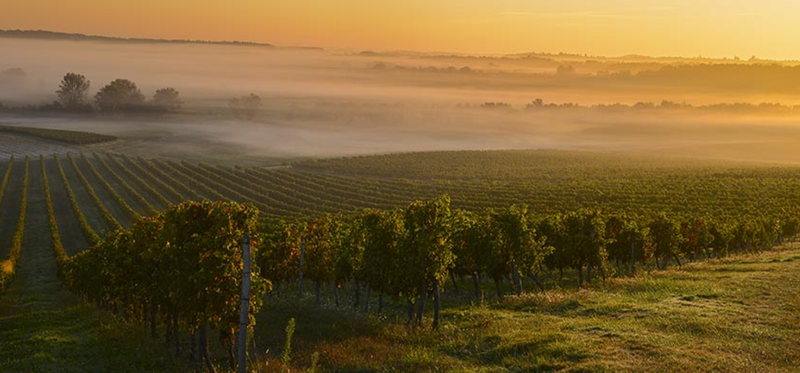
The easiest way to invest in Bordeaux and Burgundy wine is through Vinovest, a renowned wine investment platform. Using advanced AI technology, Vinovest can help you buy, store, and even sell your fine wine.

